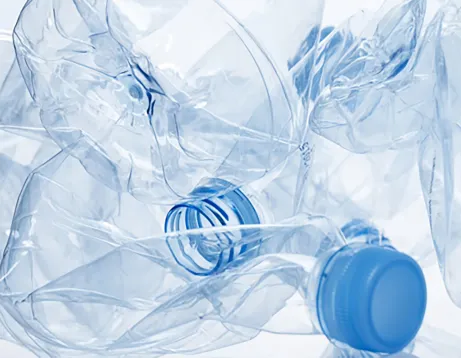Common Water Treatment Chemicals and Their Importance
Water treatment is a critical process that ensures the safety and quality of drinking water, particularly in urban and industrialized areas. A variety of chemicals are employed in this process to eliminate contaminants, improve water quality, and make the water safe for consumption. Understanding the common water treatment chemicals is essential for appreciating how they contribute to public health and environmental sustainability.
1. Coagulants
Coagulants are chemicals used to remove suspended solids and contaminants from water. The most widely used coagulant is aluminum sulfate (alum). When alum is added to water, it reacts with the impurities to form larger particles, known as flocs, which can then be easily removed through sedimentation or filtration. Other coagulants may include ferric chloride and polyaluminum chloride. These agents are vital in treating surface water sources, which often contain higher concentrations of particulate matter.
2. Disinfectants
Disinfection is a crucial step in water treatment, as it helps eliminate harmful pathogens, including bacteria, viruses, and protozoa. Chlorine is the most commonly used disinfectant due to its effectiveness and cost-efficiency. It can either be added as gas or in the form of sodium hypochlorite. However, chlorination can produce disinfection by-products (DBPs) that may pose health risks, leading to the need for alternative disinfectants such as ozone or ultraviolet (UV) light. Each method has its advantages and disadvantages, and the choice often depends on the specific water quality and treatment goals.
3. Flocculants
Flocculants are often used in conjunction with coagulants to aid the process of agglomerating tiny particles into larger flocks that can settle out of the water. Common flocculants include polyacrylamides and natural polymers such as starch. These chemicals enhance the efficiency of sedimentation and filtration processes, leading to clearer water. Effective flocculation is particularly important in treating water with high turbidity levels, ensuring that the resulting drinking water is aesthetically pleasing and safe.
common water treatment chemicals

4. pH Adjusters
Maintaining the appropriate pH level is essential for effective water treatment. Most treatment processes are optimized within a specific pH range. Chemicals such as lime (calcium hydroxide) or sulfuric acid are used to adjust the acidity or alkalinity of water. pH adjusters help in maximizing the efficacy of coagulants and disinfectants, ensuring that water treatment processes operate at optimal conditions.
5. Corrosion Inhibitors
Corrosion of pipes and infrastructure can lead to the leaching of heavy metals and other contaminants into drinking water. To mitigate this, corrosion inhibitors such as orthophosphate or silicate compounds are added to the water supply. These chemicals form protective films on the inner surfaces of pipes, reducing the risk of contamination and maintaining the integrity of water distribution systems.
6. Nutrient Removal Agents
In treating wastewater, nutrients such as nitrogen and phosphorus can lead to environmental issues, including eutrophication in water bodies. Chemicals like aluminum sulfate and iron salts are commonly used to precipitate these nutrients out of the water. Advanced treatment methods may also involve biological processes or chemical treatments such as microbial agents that enhance nutrient removal efficiency.
Conclusion
The role of chemicals in water treatment cannot be understated. Each chemical serves a specific purpose in ensuring that the treated water meets health and safety standards. As water quality regulations become increasingly stringent and concerns about environmental impacts grow, the development and application of innovative water treatment chemicals will continue to evolve. Commitment to safe and effective water treatment not only protects public health but also contributes to the sustainable management of our water resources. Recognizing and understanding these common water treatment chemicals is essential for anyone involved in water resources management, public health, or environmental protection.

